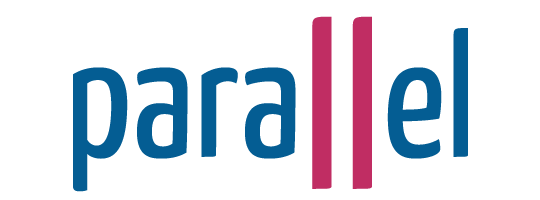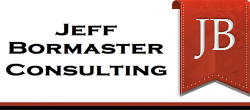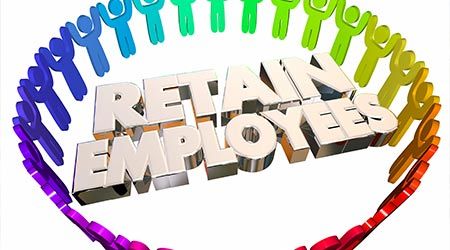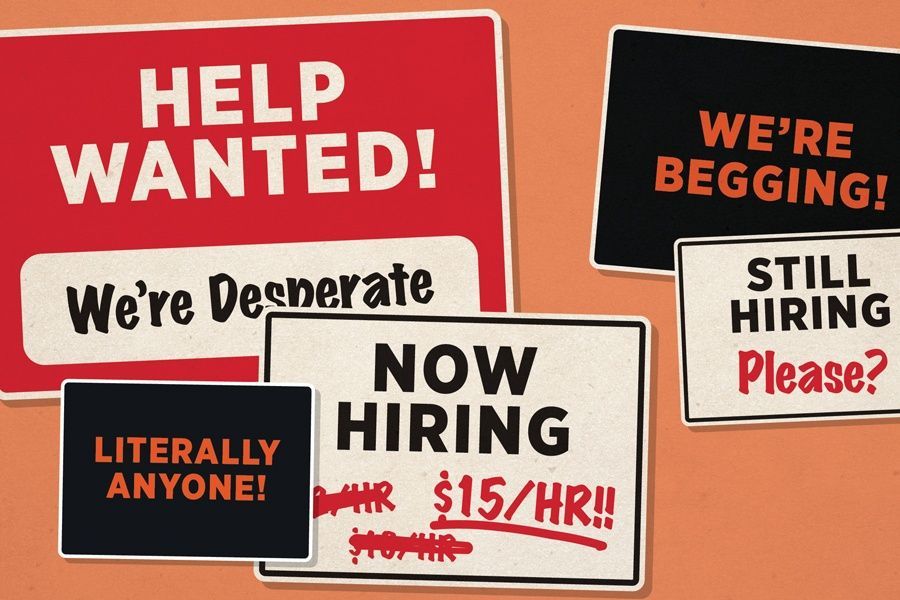Personal Responsibility is the Goal of All Human Services
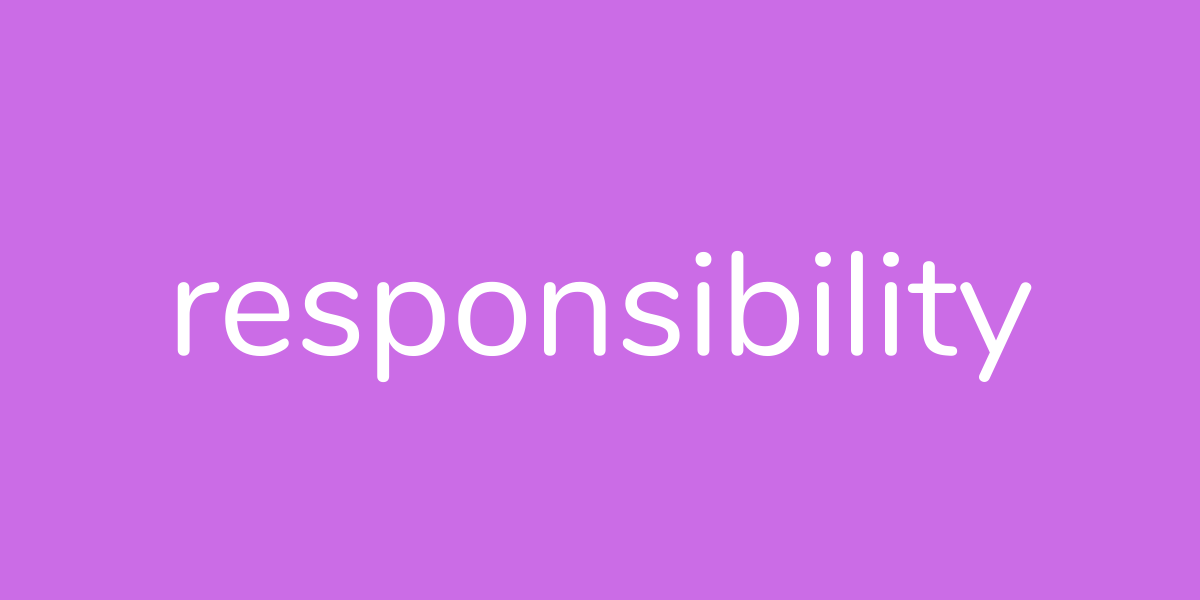
June 2022
It doesn’t matter if you are a nonprofit, for-profit, or government department.
It doesn’t matter if you work with early childhood children, adolescents, adults, or seniors.
It doesn’t matter if you are in child welfare, education, behavioral health, or juvenile and criminal justice.
What matters is that all human service providers have the same common goal – to help people take responsibility for themselves and for changing their lives.
For a century we have been using the same approach – either on a voluntary or involuntary basis we have been threatening people with change or get punished.
In child welfare we say, parent – you need to change, or we will remove your child or we won’t return your child.
In education we say, students – you come to school prepared, do what we say or we will give you a failing grade or we will suspend or expel you.
In behavioral health we say – you need to take this medication, or you need to complete this program or else we will ultimately hospitalize or institutionalize you or you will end up on the streets homeless.
In the juvenile and criminal justice system we say – you will do what we order you to do or we will lock you up for longer and longer periods of time.
We have operated on a false belief that all we need to do is threaten a person with increasing punishments and that will cause a person to change their behavior long term.
What the data on success in every field tell us is we are not achieving the results we are after by the means we are using to try to get them.
The definition of insanity is continuing to do the same thing repeatedly expecting different results.
If the approach we are using today isn’t working, then it’s time to look for a different approach, starting with our employees.
This approach is “Personal Responsibility.”
This is not an unknown concept. It has been presented in many ways in recent years with different labels:
- Solution-focused case management
- Restorative justice
- Diversion programs with many names
- Trauma-sensitive schools
What these evidence-based programs have in common is their intent to move away from a threat and punishment approach.
What we have seen in human services over the past decade is the organizations delivering services look and act the same ways today they operated in the past.
For the last decade we have been training organizational leaders to be “Leaders” and how to effectively lead change yet sustained change has not occurred.
We know why but most organizations have refused to change, to do the organizational work necessary to set the internal stage for successful program change.
The concept of parallel practice teaches us that how the organization and its supervisors work with staff defines for staff how the staff will work with its clients/consumers/customers/students.
Organizations continue to use a threat and punish model with staff thinking this is how to get change to occur. That change has not occurred.
We bring staff the newest and latest innovation of the week and tell them to do this new practice, as it will improve their success with their clients. In turn it will increase organizational success. We often get short-term improvement but over time organizations consistently revert back to their old ways.
So what is the missing element?
Before you can ask staff to join you in working with their service population in a different way, the organization and its supervisors must first model with the staff the ways we want them to work differently with our service recipients.
Rather than running your organization using progressive discipline and use of increasing negative consequences to “motivate” staff to behave differently, I recommend you use a Personal Responsibility approach.
As a supervisor I can spend my time micromanaging my supervisees, writing up performance improvement plans, warning staff that they need to change or suffer increasingly negative consequences up to and including termination believing that motivates employees.
The known truth is it results in the exactly opposite result – the unintended consequence – angry, resentful, disengaged staff.
Repeated studies of our current workforce tell us the same thing – most of our workforce is not fully engaged.
Towers Perrin 2007-2008 global workforce study looked at 90,000 employees in 18 countries. Their Global Workforce study showed that:
§ Barely 1 in 5 employees are (21%) are engaged on the job
§ 8% are fully disengaged
§ The remaining 71% fall into 2 categories: Enrolled (partially engaged) and Disenchanted (partially disengaged)
§ There is a clear connection between engagement and retention. The more engaged the workforce, the greater the percent of employees plan on staying with their current employer
§ Organizations have to continually assess and measure engagement levels
All of this translated into the bottom line. The companies with the most engagement reported a 19% increase in income. In companies with the most engaged employees, 90% of employees had no plans to leave.
More than 100 similar studies found the same positive relationship between employee engagement and organizational performance.
Gallup’s 2020 State of the American Workplace report only one-third of American workers are “actively engaged” in their jobs. Another 51% are “not engaged” in their work.
Gallup found the single most important factor in whether or not employees choose to stay on the job is the quality of their relationship with their direct supervisor.
Doing performance coaching (Supervision for Success) right means 42% higher productivity. (Bersin by Beloitte)
Workers who are engaged and emotionally connected provide up to four times more discretionary effort in their work than disengaged employees. (Peoplefluent, October 2014)
Engagement is the emotional connection employees have to their organization. Highly engaged employees believe in what they are doing, feel a sense of ownership and will deliver more than is expected of them. Organizations with higher engagement have less absenteeism, turnover, fewer safety incidents, and more productivity. They also create a more positive client and customer experience.
Engagement is boosted by positive working relationships; feeling valued as people not just an employee. People can be happy at work without being engaged; they’ll do their job but not necessarily go the extra mile.
Engagement depends not only on what the company can offer but the relations people build in the workplace, starting with their direct supervisor.
New employees start out engaged and then it is the organizations’ practices and managers’/supervisors’ treatment that causes disengagement to occur.
Employees want clear expectations, individual attention, and recognition of performance.
If our workforce starts out engaged, then the question is what are we doing as an organization and as supervisors that is killing that engagement?
Hirschfield in his book Re-Engage, published in 2010 answered this question.
His findings are based on in-depth research on winning workplaces, including
2.1 million surveys from the Best-Places-To-Work competition.
The top 10 actions of organizations that result in disengaged workers:
- Using negative consequences (progressive discipline) instead of coaching/supervision for success.
- Setting unattainable goals so workers burn out
- Conducting employee surveys then not using the results to take action. Using the survey to ask questions not for the purpose of improvement, but to prove no problems.
- Giving performance feedback once a year (in a case work agency, case review is not performance feedback).
- Making promises and not keep them.
- Failing to ask for or ignoring employee feedback.
- Not addressing poor or problem performance.
- Leaving the wrong person in wrong job.
- Treating everyone the same.
- Not giving ongoing recognition of performance.
It is the responsibility of the organization’s leaders, morally and legally, to set the practice for the organizations’ supervisors and organizational procedures that will prevent disengagement. This begins with adopting a success-focused supervision practice model, training on it, and then implementing the structural tools at an organizational level that will support this approach.
Supervision for Success is the practice model that when adopted by an organization, will result in higher employee engagement, lower turnover, more voluntary effort, improved outcomes, and yes, employees taking personal responsibility for doing their jobs – not under threat of consequences but from an understanding that people need to make the decision if they are willing to always do what the job requires to be successful in their job.
When an employee makes the decision to not do what the job requires, the organization and its supervisors acknowledge to the employee that they have made the personal decision to not do what the job requires and that tells the organization the person has made the decision to fail in their job. Out of respect we will not leave a person in a job they have decided to fail in and will accept that demonstration of behavior as their decision to exit the organization.
Organizations no longer fire employees; employees now must take personal responsibility for either choosing to do what the job requires always or exit the job.
The organization must provide everyone who supervises from the most senior leader to the first-line supervisors with the supervision skill set to become able to work in this way. Most agencies do not even teach their supervisors “how” they want them to supervise staff.
In my 40 years as a supervisor, I was simply hired and given a group to supervise. HR may have taught me how to write up an employee and how to fill our an evaluation form, but never has any organization I worked for taught me a supervision practice model based on what the workforce studies tell us works best, especially with our Generation Y, 20-30 somethings, that are the heart of our direct service.
How to work in a strengths-based success-focused coaching model.
And if you think about it, that is what all of the evidenced based models have at their core – how to be solution-focused, strengths-based, engaging and empowering clients to make their own decisions about their “treatment goals” and what they need to do to be more successful in life. Our role becomes coach, supporter, and cheerleader (recognizing their steps to success often). This starts with the organizations’ supervisors practicing in this same parallel practice model with staff.
My experience is organizations hold onto their old ways while doing the initial training as an event, rather than the first step towards making the organizational transformation necessary for the organization to operate with its staff in the same model of practice we want our staff to then use with its service recipients.
You can’t hold on to the old organizational practices and then teach a different approach as what everyone knows is how the organization operates through its policies and procedures is the “real” way. You can’t hold onto progressive discipline and old job descriptions and evaluations on which doing your job gets you a 3 = C. All the organization’s policies and procedures must align to support and model that you want to achieve with staff and what we want our staff to achieve with its clients.
We want people to take responsibility for their behavior and freely make the decisions about if they are doing to be successful or not.
Supervision for Success is the alternative model of practice that is based on success coaching and having employees taking personal responsibility for their behavior choices.
Employees will need to decide if they are willing to always do what is required to be successful in their job; respect their decision to not do what is required to be successful and help them exit when that is the decision they make.
This model takes the guilt and responsibility from the organization who decides punishment to the employee who decides to do what the job requires or not and thus decide if they want to remain in that job, in that organization or not.
And this is exactly what we want our service recipients to do – to decide if they are willing …
- To come to school
- To learn with the help of teachers
- To not commit crimes
- To be angry but not act it out by hurting others
- To take your medication because it helps you function better
- To apologize for a mistake you make
And that’s what we are charged with doing in human services – helping clients learn better ways to succeed in life.
Here is what the studies tell us an organization gets when it increases employee engagement:
Employees….
- Give discretionary effort because they want to
- Do more than meet expectations
- Take more ownership or responsibility for the organization and its interests
- Receive higher customer/client ratings
- Voice more ideas for improvement
- Promote and model teamwork
- Volunteer for extra assignments and duties
- Handle change better/easier
- Persist with difficult work overtime
- Speak well of the organization to friends and family
- Stay
- Have better results
Increasing employee engagement increases organizational success
Are the 12 benefits worth it? If implementing Supervision for Success can achieve these 12 benefits without your reinventing the wheel, is it worth it to invest in your supervisors and organization?
As the organization’s leaders, it all starts with you deciding if you want greater organizational success. If you do, then it starts with a commitment to train and change organizational practices to model personal responsibility. The responsibility for your organization’s success starts with your personal decision.
Contact me, Jeff Bormaster, California LCSW 15130, author of Supervision for Success, when you are ready to begin this process.
LEADING FROM OUTSIDE THE BOX is a monthly newsletter for human services leaders.
Its purpose is to challenge your thinking and help you improve organizational and outcome performance.
To receive your copy free, simply email Jeff Bormaster and ask to be added to the mailing list. Feel free to share these newsletters with other human services leaders, simply include the contact information.
You can read previous issues of Leading Outside the Box at www.jeffbormasterconsulting.com/topics
